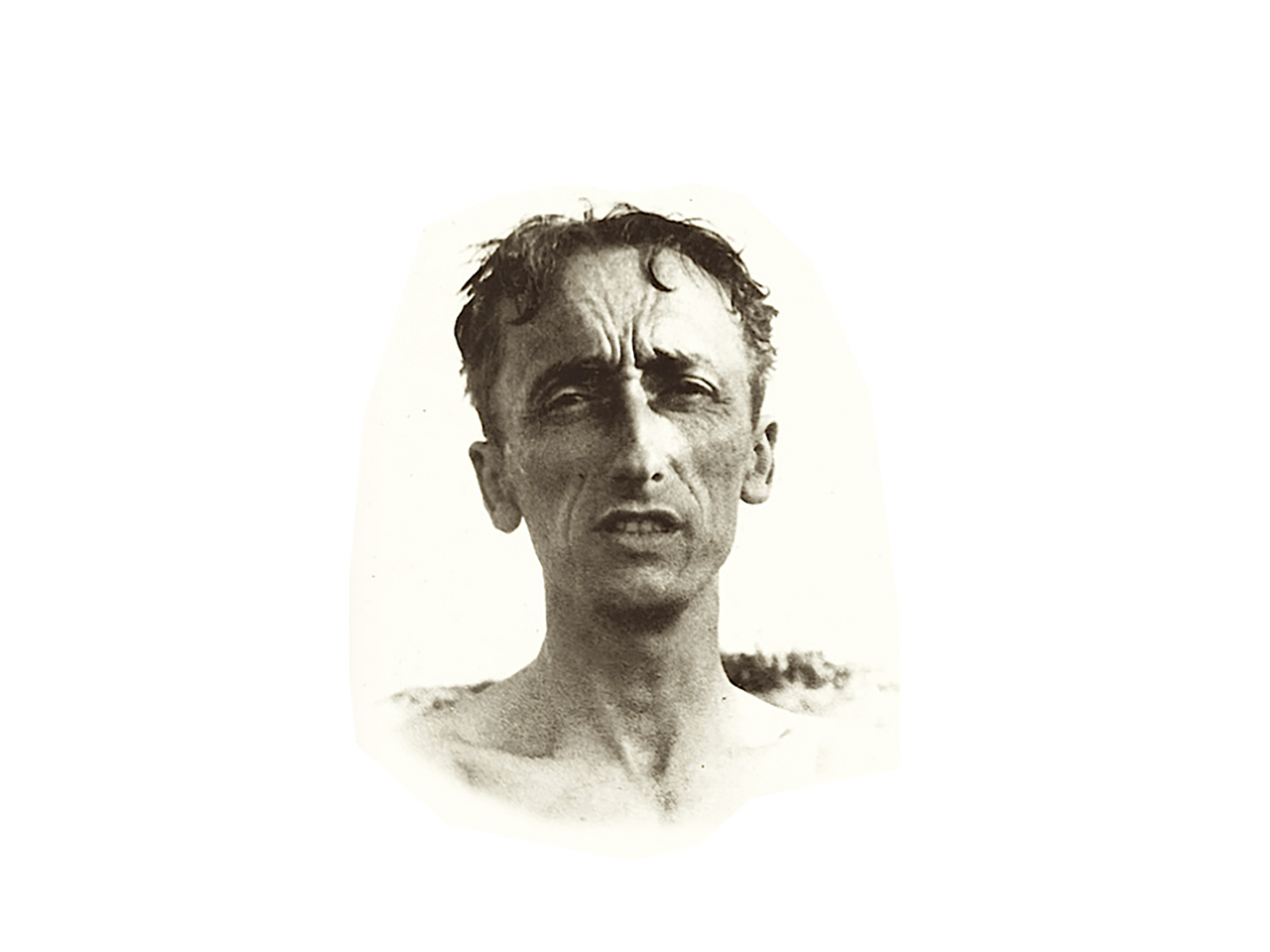He was drawn to the sea. At age 20, he joined the French Navy and began navigating on the surface of the water. In 1936, a colleague lent him a pair of underwater goggles, and his fascination became limitless. The colorful life on the seabed, unknown to ordinary mortals, seemed to come from another, previously invisible world. Knowing that this hidden world made up two-thirds of the earth’s surface, he developed a plan to dedicate his life to oceanography.
Thus began the career of the man with the red cap. He became an explorer, inventor, scientist, adventurer, and film director. With his ship, the Calypso, he traveled all the world’s oceans. He was able to see the infinite beauty and the fragility of marine ecosystems with his own eyes and share it with many people. His entire life has been a multi-award-winning cinematic, literary, and technical production. His documentary The World of Silence was awarded the Palme d’Or at the Cannes Film Festival. He was also an inventor: new diving suits, mini-submarines, and waterproof cameras.
The 1992 Earth Summit in Rio brought together politicians and celebrities, such as Jane Fonda and the Dalai Lama, but the big star was undoubtedly our man in the red cap. The marine researcher and environmentalist, also known as “Captain Planet,” had come to call on politicians to guarantee future generations the right to an unpolluted planet. He succeeded in collecting nine million signatures and in 1997, UNESCO adopted a declaration on the responsibility of present generations towards future generations.
This is how Jacques-Yves Cousteau (1910-1997), better known as “Commandant Cousteau,” a passionate lover of the sea, learned to explore this “world of silence,” to listen to it, and finally, to enable it to speak.
Translation Laura Liska
Image Jacques-Yves Cousteau, CC BY-SA 3.0 DEED





